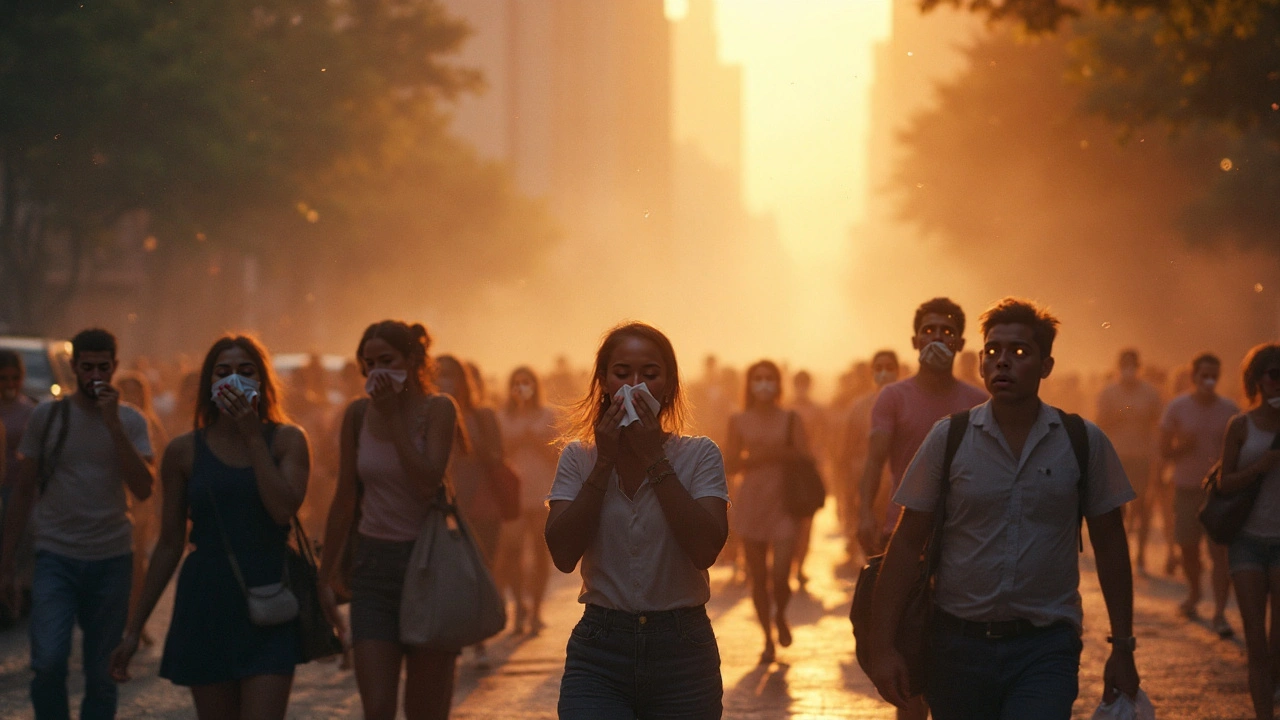Climate Change and Allergic Rhinitis: What’s the Link?
If you’ve noticed your hay fever getting worse year after year, you’re not imagining it. Warmer temps, longer growing seasons, and more extreme weather are all part of climate change, and each of those factors can crank up the amount of pollen and pollutants you breathe in. When the air carries more allergens, your nose, eyes, and throat get irritated faster, leading to the classic sneezing, itching, and congestion of allergic rhinitis. Understanding why this happens helps you take smarter steps to stay comfortable even as the climate shifts.
Why warmer weather makes sneezes worse
Plants love heat. As average global temperatures rise, many trees and grasses start blooming earlier and stay in flower longer. That means pollen is released for a bigger portion of the year, extending the allergy season from a few weeks to several months. At the same time, higher CO₂ levels act like fertilizer, making plants produce more pollen per flower. Some studies show a 30‑40% increase in pollen counts in regions that have warmed just a couple of degrees. Beyond pollen, climate‑driven wildfires and heat‑related smog add fine particles to the air, which irritate the nasal lining and amplify the body’s allergic response.
How to protect yourself as the climate shifts
First, track daily pollen counts. Apps and local weather services now list a “pollen index” alongside the regular forecast, so you can plan outdoor activities when levels are low. If you have to be outside on a high‑pollen day, wear sunglasses and a breathable mask; both act as physical barriers that keep particles from reaching your nose and eyes. Keep windows closed during peak pollen hours (usually early morning and evening) and use a HEPA filter in your bedroom to clear indoor air while you sleep.
Second, stay on top of your medication routine. Antihistamines, nasal corticosteroid sprays, and saline rinses work best when started before symptoms flare up. Talk to your doctor about adjusting doses if you notice your usual relief slipping during a particularly warm spring. Some people find that adding a leukotriene blocker helps when standard treatments aren’t enough.
Finally, think about long‑term lifestyle tweaks. Plant low‑pollen trees and shrubs around your home, replace indoor rugs with hard flooring, and keep pets clean to reduce allergen buildup. Regular exercise improves overall immune health, and a diet rich in omega‑3 fatty acids has been linked to milder allergic reactions. By combining these everyday habits with smart monitoring, you can keep climate‑driven allergy spikes from messing up your day.
Climate change isn’t something you can control, but how you respond to its impact on your allergies is entirely within your hands. Stay informed, adjust your routine, and you’ll find that even a hotter world doesn’t have to mean constant sneezing.
How Climate Change Fuels Blocked Noses and Watery Eyes
Explore how rising temperatures, CO₂, and pollution boost pollen and irritants, driving a surge in nasal congestion and red, watery eyes worldwide.
